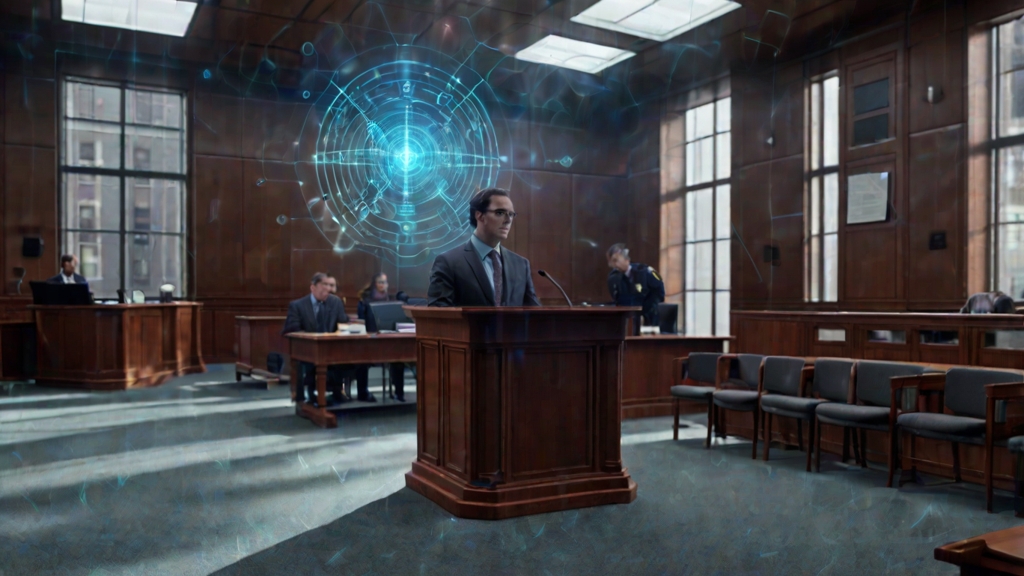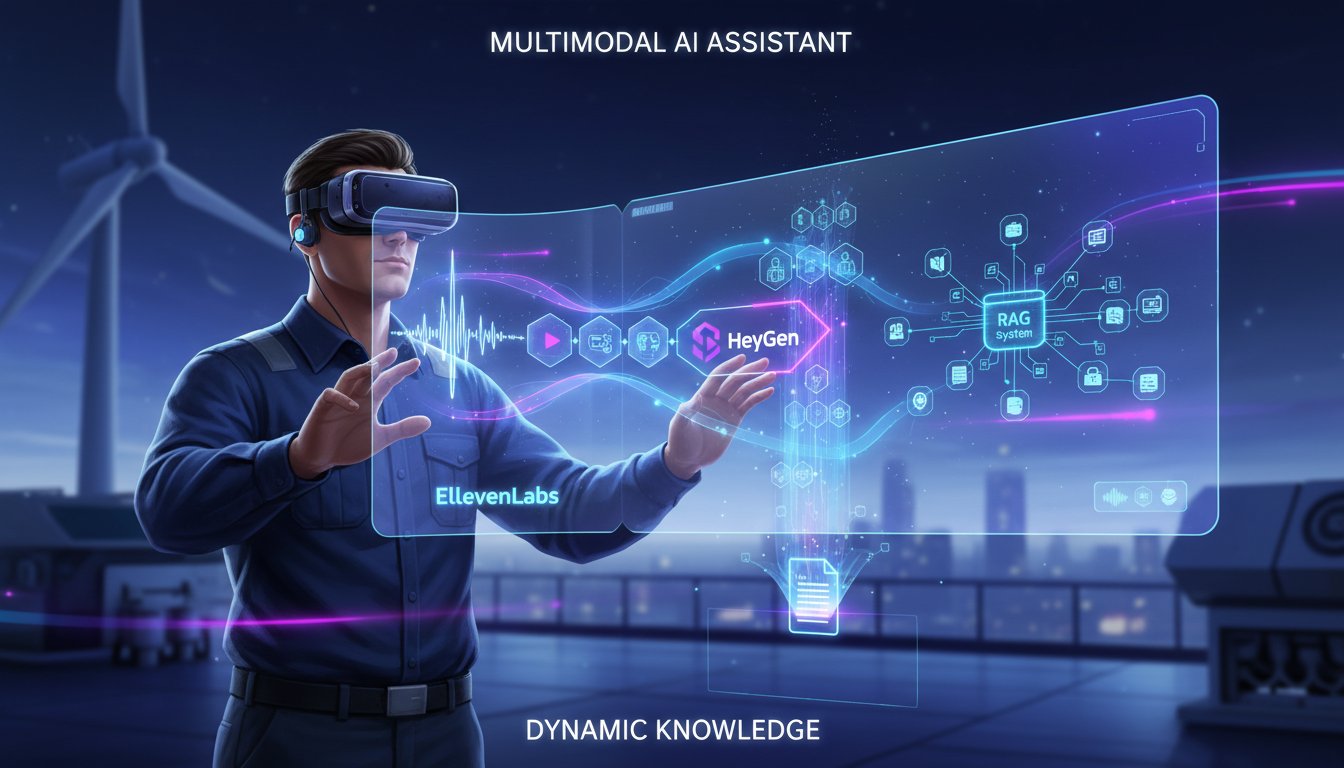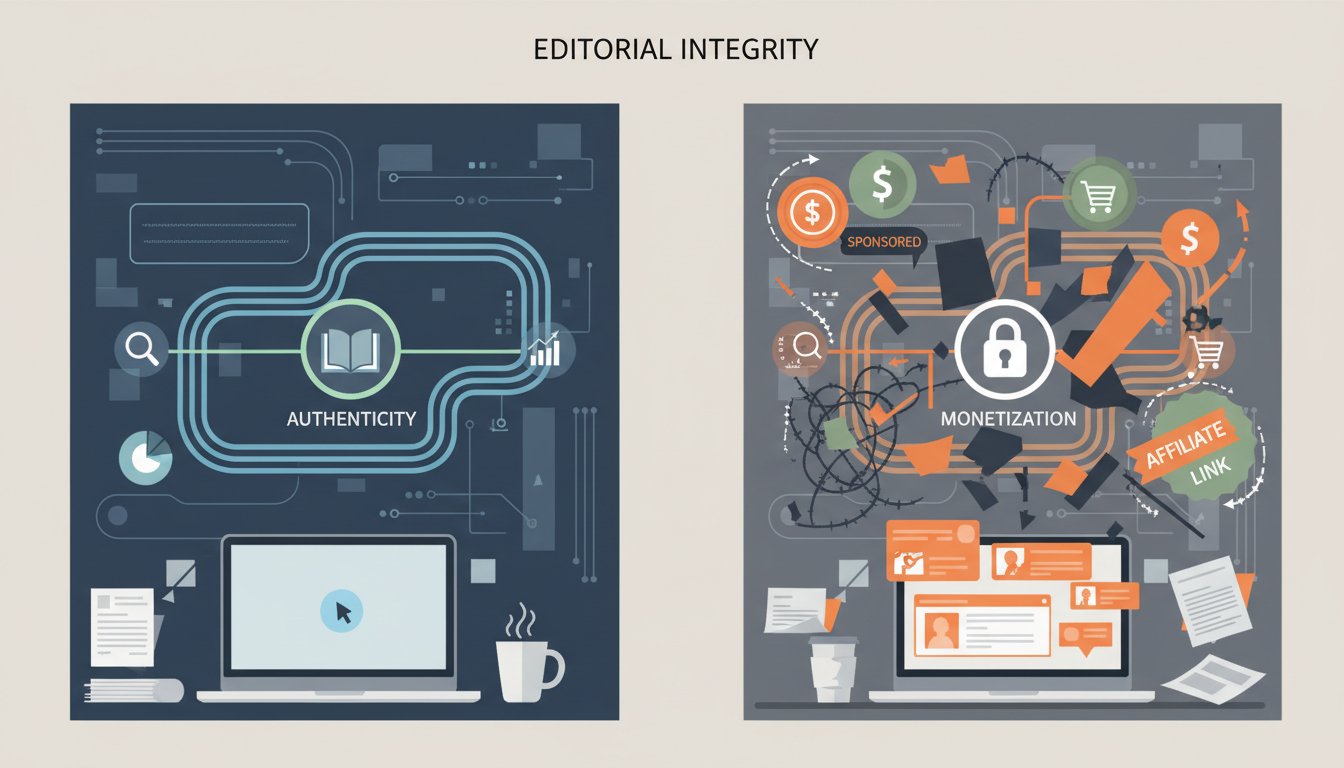The Unspoken Rule of AI Evidence: Validation
Imagine a courtroom scene: a crucial piece of evidence, generated entirely by artificial intelligence, is presented. The stakes are high, the jury is attentive, but one question lingers in the air: how can we be sure this AI-generated evidence is accurate and reliable?
This is the challenge facing the legal world today. As AI tools become more sophisticated and pervasive, their potential use in legal proceedings is growing rapidly. From generating documents to analyzing data, AI offers incredible efficiency and insight. However, the very nature of AI – its complex algorithms and “black box” operations – raises serious concerns about the validity and trustworthiness of AI-generated evidence. Now, a federal judicial committee is moving to address these concerns, potentially reshaping how AI is used in the legal system. But how can one ensure the validation of AI? This blog post will explore the solution to these complex issues.
In this post, we’ll explore:
- The looming legal scrutiny of AI-generated evidence.
- Why validation is not just a suggestion, but a necessity.
- Practical steps for ensuring your AI-generated evidence stands up in court.
Let’s dive in.
The Rising Tide of Scrutiny
A Judicial Wake-Up Call
The recent news from PYMNTS.com highlights a critical development: a federal judicial committee is pushing for stricter rules regarding AI-generated evidence. This isn’t just a minor procedural tweak; it’s a fundamental shift in how the legal system views AI. The committee’s move signals a growing awareness of the potential pitfalls of relying on AI without proper oversight.
What’s at Stake?
The implications are far-reaching. Imagine presenting an AI-generated report that incorrectly identifies key data points or contains biases that skew the results. Such errors could lead to wrongful convictions, unfair settlements, and a breakdown of trust in the legal process. The judicial committee’s actions aim to prevent these scenarios by ensuring that AI evidence meets the same standards of reliability and accuracy as traditional forms of evidence.
The Need for Transparency
One of the core issues is transparency. AI algorithms, particularly those used in generative AI, can be incredibly complex. It’s often difficult to understand how an AI arrived at a particular conclusion, making it challenging to assess its validity. The new rules are likely to emphasize the need for greater transparency, requiring those who present AI evidence to explain how the AI works, what data it was trained on, and what steps were taken to ensure its accuracy.
Why Validation is Non-Negotiable
The Illusion of Objectivity
AI is often perceived as objective and unbiased, but this is a dangerous illusion. AI algorithms are trained on data, and if that data contains biases, the AI will inevitably perpetuate those biases. For example, an AI used to assess loan applications might discriminate against certain demographic groups if its training data reflects historical biases in lending practices. This is why validation is so crucial.
Mitigating Risks
Validation is the process of verifying that an AI system is performing as expected and that its outputs are accurate and reliable. It involves a range of techniques, including:
- Data Audits: Examining the training data for biases and inaccuracies.
- Performance Testing: Evaluating the AI’s performance on a variety of datasets.
- Explainability Analysis: Understanding how the AI arrives at its conclusions.
- Bias Detection: Actively searching for and mitigating biases in the AI’s outputs.
Building Trust
Ultimately, validation is about building trust. In the legal context, trust is paramount. Judges, juries, and lawyers need to be confident that the AI evidence they are relying on is sound. By implementing rigorous validation processes, legal professionals can ensure that AI is used responsibly and ethically.
Practical Steps for Ensuring AI Evidence Validity
Step 1: Understand the AI
Before using AI to generate evidence, take the time to understand how it works. What algorithms does it use? What data was it trained on? What are its limitations? This knowledge is essential for assessing the AI’s reliability.
Step 2: Audit the Data
Examine the data used to train the AI. Look for biases, inaccuracies, and inconsistencies. If the data is flawed, the AI’s outputs will be flawed as well. Consider using multiple diverse datasets, and actively search for representation gaps.
Step 3: Conduct Performance Testing
Test the AI’s performance on a variety of datasets, including those that are representative of the real-world scenarios in which it will be used. Compare its outputs to known benchmarks and human judgments. Identify and address any discrepancies.
Step 4: Implement Explainability Tools
Use explainability tools to understand how the AI arrives at its conclusions. These tools can help you identify the factors that are most influential in the AI’s decision-making process. This transparency is crucial for building trust and demonstrating the validity of the AI evidence.
Step 5: Document Everything
Keep detailed records of all the steps you take to validate the AI. Document the data used, the testing procedures, the explainability analysis, and any issues that were identified and addressed. This documentation will be invaluable if the AI evidence is challenged in court.
Conclusion: A New Era of AI Accountability
The legal world is entering a new era of AI accountability. The judicial committee’s move to scrutinize AI-generated evidence is a clear sign that the days of blindly accepting AI outputs are over. Validation is no longer optional; it’s a necessity. By understanding the AI, auditing the data, conducting performance testing, implementing explainability tools, and documenting everything, legal professionals can ensure that AI is used responsibly and ethically. Remember the courtroom scene we started with? By embracing the unspoken rule of validation, we can ensure that AI-generated evidence is a tool for justice, not a source of doubt.
Next Steps:
- Review your organization’s AI validation procedures.
- Identify potential risks associated with using AI in legal contexts.
- Implement the practical steps outlined in this blog post.
Have questions about RAG or AI validation? Reach out for a free consultation, and let’s ensure your AI systems meet the highest standards of accuracy and reliability.




